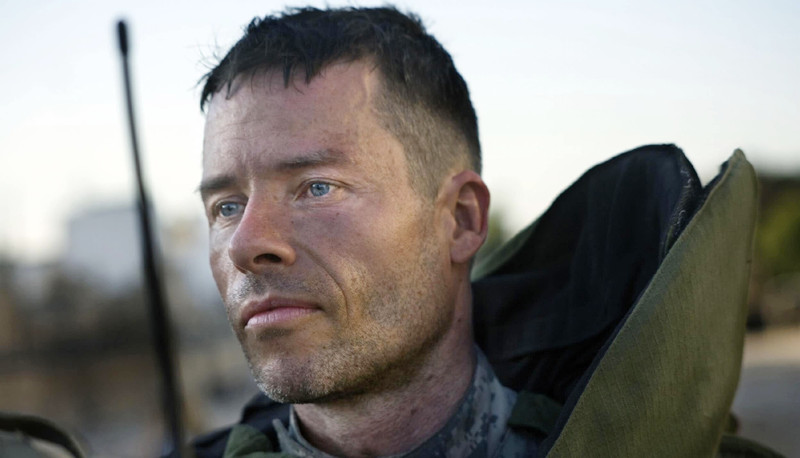
“She is interested in the ways her characters live dangerously for philosophical reasons.”
– Roger Ebert on Bigelow’s films.
California-born Kathryn Bigelow began as an artist, before transitioning in to making short films. In the ‘80s, she directed two cult neo-noir pictures, before establishing herself as cinema’s finest author of action movies. More recently, she’s crafted a series of epic, timely, meaningful films that address issues stretching from racism to terrorism. In 2008, she became the first woman to receive the Academy Award for Best Director, for The Hurt Locker. Since her first short, Bigelow’s work has maintained a fascination with violence. On this, she comments: “[Movie violence], if it allows you to get out certain tendencies and certain elements of aggression in a vicarious, voyeuristic manner, [can] be therapeutic.”
Her films are mainly male-centric, highly-suspenseful, always humane and often both artistic victories and commercial successes. Throughout her forty year career, Bigelow has consistently made gritty, technically triumphant pictures, which usually carry a significant message, as well as succeeding in entertaining audiences. Her best work proves that she’s one of the most formidable talents in contemporary filmmaking, often excelling in all areas of the process.
10. Strange Days (1995)
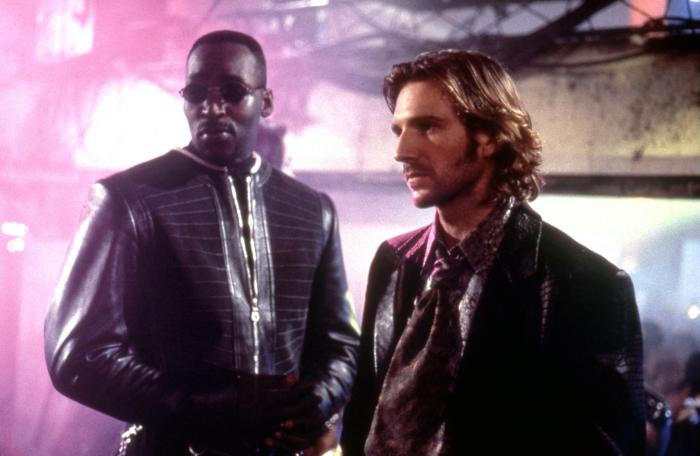
Co-written by Bigelow’s former husband, Titanic director James Cameron, this tech-noir stars Ralph Fiennes as Lenny Nero, a peddler of pornographic virtual reality films that are transmitted through the brain. When his friend is murdered, he and his best pal Macie (Angela Bassett) attempt to uncover the mystery whilst escaping a pair who try to kill them. It’s set on New Year’s Eve 1999, against the backdrop of race riots and the impending Y2K rapture in Los Angeles.
Strange Days is a film as abysmal as Ralph Fiennes’ attempt at an American accent. It feels like something Philip K. Dick might have penned if he had nothing to say, didn’t know how to write and didn’t care at all about his material. Bewilderingly-plotted, hammy, sloth-paced, thinly-storied and unjustifiably long, it’s boggling that it’s credited to a director who’s made some of the best films in recent history. The film’s desultory ‘statement’ about racial discrimination in L.A. is frankly insulting to the cause of African-American civil rights because it’s so half-hearted, brief and serves primarily as a narrative mechanism.
This is only exacerbated by the film’s flippant rape scenes, which feel exploitative and unnecessary. Strange Days’ only redeeming features are its Blade Runner-esque production design, Ellen Mirojnik’s generation X costumes and the characteristically-compelling and believable acting work from Juliette Lewis. In summation, Strange Days is an unbelievable waste of time that fully deserved being a major box office bomb upon its release. A movie to endure rather than to enjoy, it warrants as much attention as the writers put in to crafting an interesting story: none. It fails to leave any impression on the audience beyond immense boredom and disappointment. Even films that are so bad they’re good have appeal, however this one is unbearable. A catastrophic misstep for Bigelow and one that almost destroyed her career.
9. K-19: The Widowmaker (2002)
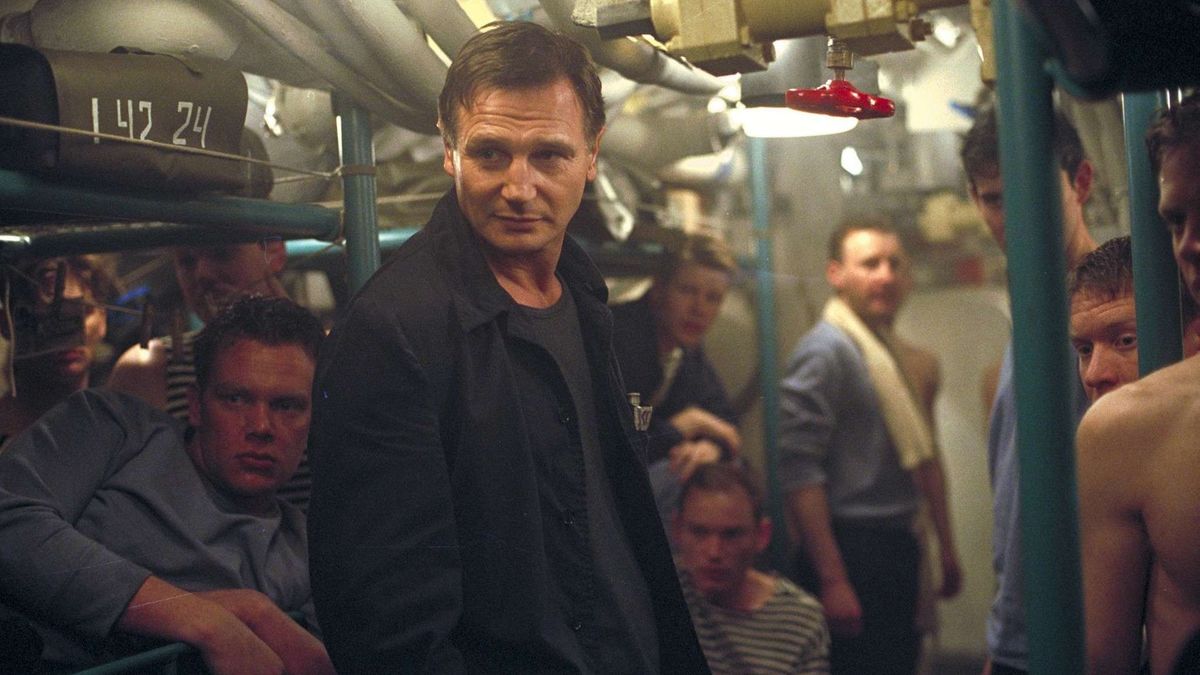
In 1961, amidst the intensifying threat of atomic warfare with the U.S.A., the Soviet Union launches its premiere nuclear submarine: the K-19, ignoring the presage of multiple bad omens. Captained by the austere, stubborn Alexei Vostrikov, the sub embarks upon its maiden voyage in to the arctic circle, in order to test a nuclear ballistic missile. Soon, the K-19 is confronted with a grave technical issue that threatens to eradicate the entire crew and ignite a major international conflict.
In spite of the participation of Hollywood legends Harrison Ford and Liam Neeson, this film was another box office failure for Bigelow, returning a fraction of its bloated 90 million dollar budget. It remains one of the most expensive independent films ever made. Prominently, there is a puzzling deficit of actual Russian performers in the cast. The western actors do not deliver any convincing Russian accents and their original accents are starkly-discernible beneath their attempts. They do not exhibit an understanding of Russian cultural traits and mannerisms, their characters coming across as embarrassingly western. Unfortunately, this denotes a lack of detail and research to Bigelow’s direction in this instance and an overall misjudgement in casting.
Moreover, at the film’s beginning, the screenplay does not clearly establish the purpose of the plot, nor the motivations of the characters, resulting in confusion for the audience. There’s also a failure to attain sympathy for the characters, in a medium where the primary currency is emotion and empathy. Additionally, in disparity to the intentions of the screenplay, K-19: The Widowmaker is absent of the same suspense propagated in Bigelow’s other work; a constituent imperative for a film of this type’s success. Where it feels there should be one, there’s a lack of a conventional climax, making the audience feel awkwardly dissatisfied and robbed of the two hours they spent tolerating the film.
Aside from the impressive set, the underwater cinematography, the vocational prowess concurrent in all Bigelow’s films, and an enhancing turn by Shakespearian thespian John Shrapnel, this is an unremarkable, formulaic, uneven, maudlin, tedious and at times dull film that pales in comparison to superior submarine movies like Das Boot. It may be passable, but K-19: The Widowmaker is a disappointingly lacklustre entry in to a chiefly stunning filmography.
8. The Weight of Water (2000)
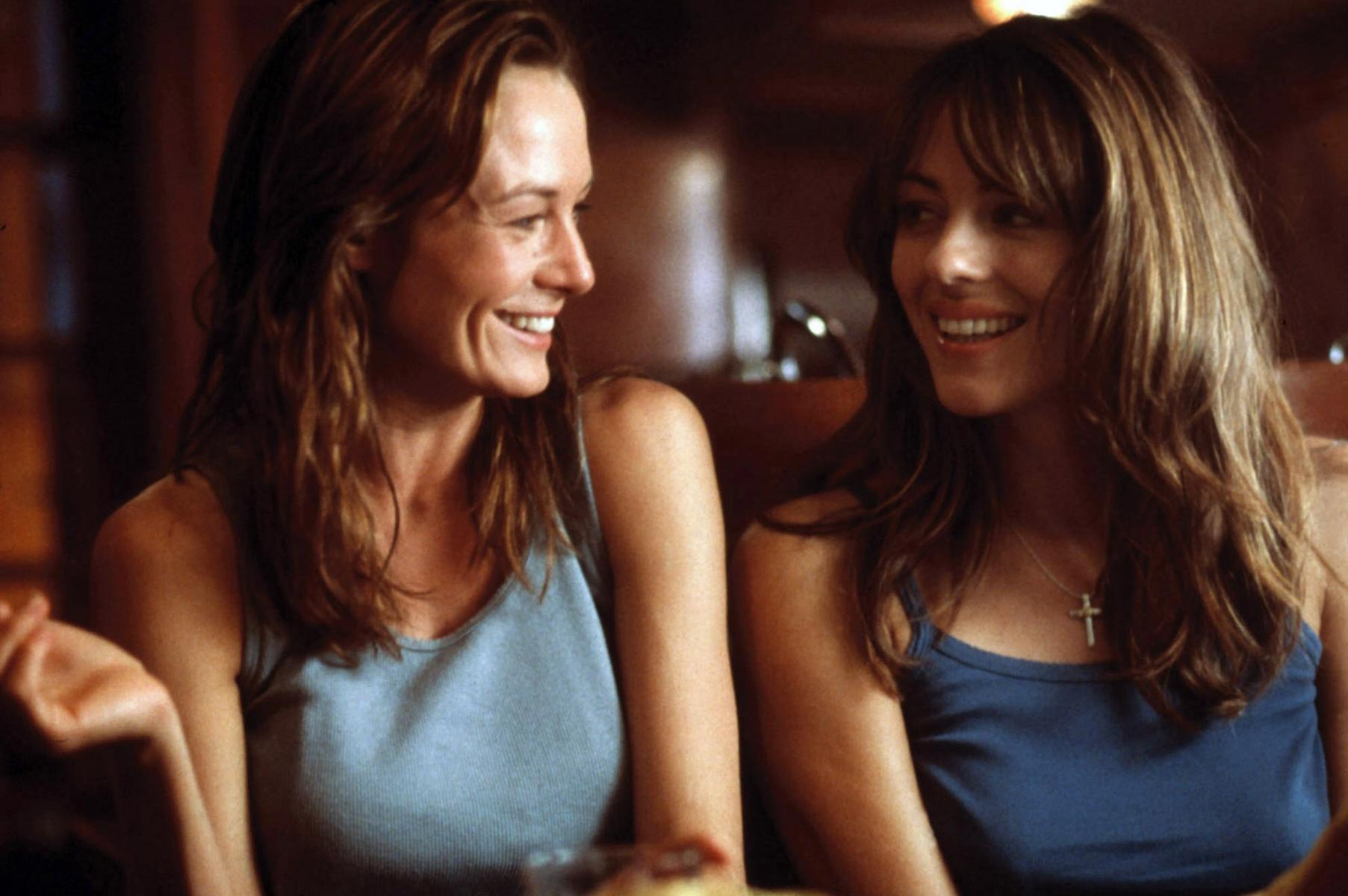
The movie is ambitiously split over two timelines. Its present day story follows two brothers and their partners as they voyage by yacht to the Isles of Shoals off New Hampshire. As her poet husband Thomas (Sean Penn) shamelessly flirts with his brother’s wife, Adaline (Elizabeth Hurley), photojournalist Jean Janes (Catherine McCormack), investigates a set of gruesome events which occurred in the area in 1873. During that period, Norwegians Maren and John Hontvedt immigrate to the islands. When a pair of family murders take place, their lonely helper, Louis Wagner (Ciarán Hinds), is accused, but a far deeper complexity is later revealed. Soon, the two eras begin to uncomfortably mirror one another.
The story set in 1873 (based on true events) is far more interesting than the one set in the present day, which is uneventful, vapid and not as well-written. One gets the impression that the former story should have been the only timeline in the film. It features an intricate web of fascinating relationship dynamics, beautiful period costumes and revelatory twists. The brooding tone is ameliorated by Adrian Biddle’s cinematography: dramatic landscape time lapses and a peppering of German Expressionist-style black and white shots. Likewise, Bigelow’s appurtenant use of pathetic fallacy also helps to convey the character’s underlying emotions and builds to the ecstatic, abstract climax.
Sean Penn’s flawed, bohemian, fully-rounded characterisation of Thomas is imbued with great acuity, solidifying his status as one of cinema’s most erudite actors. Sarah Polley’s role as the piece. That said, Elizabeth Hurley’s vacuous character does not leave the same impact. Due to the writing and direction, Adaline is overly sexualised and appears to function merely as a plot device.
The Weight of Water may be at times muddled and doesn’t accumulate the same momentum as greater mysteries, but is overall an effective, absorbing dramatisation of an important piece of local history. It discusses the power words have over the perception of truth and the ramifications this has upon the legal system and our mortality. It’s also unique for exploring jealousy and sexual rivalry between females, rather than males. It’s not one of Bigelow’s finest features, but is worth watching for its thrilling entertainment value and superb acting.
7. Point Break (1991)
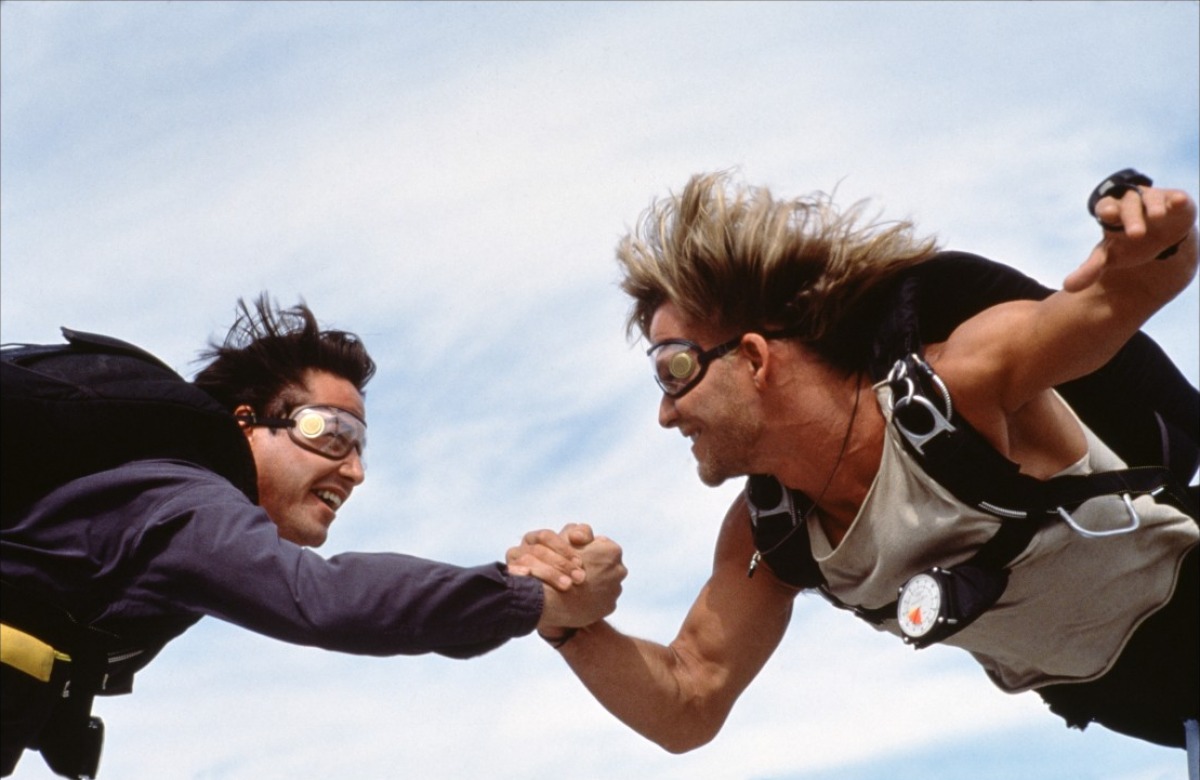
Keanu Reeves is Johnny Utah, a young FBI agent who goes undercover in the California surfing community to unravel the mystery of a gang of prolific bank robbers disguising themselves in masks of United States presidents. Originally intended to be directed by Ridley Scott, this cult action-heist flick was the first significant box office hit for Bigelow, gaining her mainstream attention.
Bestowed with the drawling cool of the surfers that populate it, the film’s legendary high-octane set pieces persist in unavoidably inspiring contemporary action filmmaking. Bigelow judiciously employs rough handheld camerawork to viscerally enhance the chaotic feeling of the bank robberies and chases; a style she would later perfect in The Hurt Locker. The film’s ‘shooting a pistol in the air’ scene has reached an iconic status within pop culture; it was later parodied by Edgar Wright in Hot Fuzz. The sky-diving confrontation sequence remains one of the tensest and most ambitious scenes ever committed to the screen.
It is clear in Point Break that Keanu Reeves still has a lot to learn as an actor. His acting is forced, unskilled and cringingly corny, making the film awkward at points, though it’s rescued by the support of professionals Gary Busey and John C. McGinley. Patrick Swayze’s studied performance as the shamanic, Byronic Bodhi, a master surfer Johnny grows acquainted with, is so well created, each time he’s on screen is like another page from a voluminous novel of this larger-than-life character’s colourful exploits. Swayze expresses a poetically-textured mien within his three-dimensional characterisation. He insists we appreciate Bodhi’s spiritual, mystical view of surfing, which captures one’s imagination. Bodhi is a memorable, larger-than-life, mythological figure with philosophical motivations, denotive of Bigelow’s continued merit in eliciting phenomenal performances from her actors.
Point Break lacks the depth, meaning and mechanical fluidity of Bigelow’s other work. Furthermore, its plot is unoriginal Hollywood fare and its structure is predictable. Johnny’s lover, Tyler, is not a likeable enough character to justify being as important in the plot as she is. But ultimately, all this is of little consequence. Point Break is very entertaining in its success as a classic, riveting popcorn blockbuster, satisfying all of one’s expectations of a great action film. It’s an ideal fun Friday night movie to watch with friends and pizza, and it seems, that’s precisely what Bigelow intended it to be.
6. The Loveless (1981)
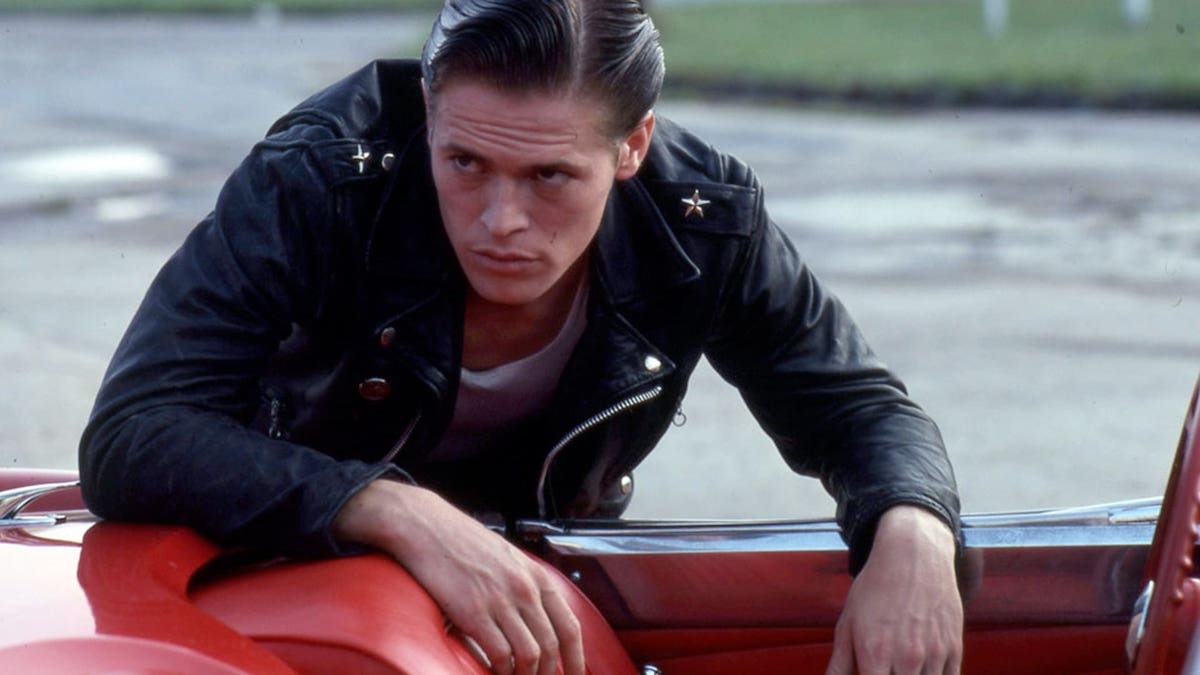
“A bridge between the art world and mainstream movie-making.”
– Kathryn Bigelow.
Set in 1959, Bigelow’s directorial debut, (co-written and directed with Monty Montgomery), a stylish bikespolitation B movie, stars Willem Dafoe in his very first leading role and only his second film. He plays leather-clad Vance – the hip, menacing leader of an outlaw biker gang. They roll in to a sleepy town, where Vance dates a local girl. The gang soon face an altercation with the puritanical redneck inhabitants, led by the girl’s father. The film’s pace is as slow and sultry as its rural midsummer Dixieland setting. Most of it concerns the bikers hanging out at a petrol station, fixing one of their motorcycles and looking cool. Along with the cinema of Jim Jarmusch, this was one of the titles that bore the American independent film movement in the ‘80s, which later blossomed in the ‘90s.
What makes this film intriguing is its indulgence in the poetry, style and atmosphere of a time, a place and an aesthetic, with little to no concession to attempting a traditional narrative. Doyle Smith’s bubblegum pop art cinematography is a visual sweet shop: containing close-ups of jukeboxes, neon signs, Coke machines and greaser culture, building a cinematic collage of Americana, in evident homage to Kenneth Anger, (one of Bigelow’s formative influences). One great moment in the film depicts a biker lighting a match by firing a revolver at its tip. The film contains a multitude of moments imbued with a wild rockabilly spirit of rebellion and boiling youth revolution, engendered by its soundtrack, featuring Brenda Lee and The Diamonds. The parodic beat-era dialogue, like the mise-en-scène, is farcically tongue-in-cheek, contributing to Bigelow’s postmodern pastiche of a heightened, idealised ‘50s America of lonely diner waitresses dreaming of tinseltown.
Thematically, The Loveless magnifies the cultural conflict between young and old in the mid-20th century, whilst depicting lawless Nihilism. Moreover, the theme of guilt plays an unexpected yet crucial role. As with all his subsequent performances, Willem Dafoe is obviously a startlingly-talented actor in full bloom, apparent even at the birth of his career. His sunglasses-wearing entry in to the film as he roars down the asphalt on his motorcycle is iconic. His performance as Vance is certainly the figurehead of the film. He hasn’t collaborated with Bigelow since, but this was the film that launched Dafoe’s remarkable acting career.
However, The Loveless almost entirely ignores plot, action or characterisation beyond stock characters, all of whom are unlikable. Much of the story is unexciting, uneventful and forgettable. It feels as though it only exists as a vessel of glossy visuals, blending B movie tropes and 50s nostalgia with an art house sensibility. Regardless, it seems that this is exactly the type of movie Bigelow desired to make. Bigelow comes from a background in conceptual art, and here, she demonstrates an encouraging creative freedom of expression, ostensibly unadulterated by outside pressures. There is a tremendous structural elegance to the stark minimalism of this narrative, a beauty to its slowness and down-played manner. This film will be valuable for aspiring writers and filmmakers to watch as it demonstrates that one can create any type of film one desires, however one wants. Bigelow proves that a film doesn’t have to be strictly a classical narrative dictated by Hollywood formulae. It can function more like a poem, for instance, and focus on atmosphere and style rather than plot; unhindered, and highly-idiosyncratic to the hand of the artist.
Though The Loveless may not be interested in story and doesn’t fulfil its potential, ultimately, it is a liberating film, as Bigelow shows us what else is possible within the parameters of cinema, inspiring other unusual and original approaches. Whilst the writing is underdeveloped, this is an enjoyable film for its style and mood alone, that will satisfy fans of Willem Dafoe and biker movies. Already, Bigelow’s direction and technical execution in all departments is flawless. She is swiftly developing dominion over her tools and sculpting the piece in to her own singular, sophisticated vision. The Loveless foretokens the enormous potential for Bigelow’s skill as a filmmaker as she embarks upon her career.